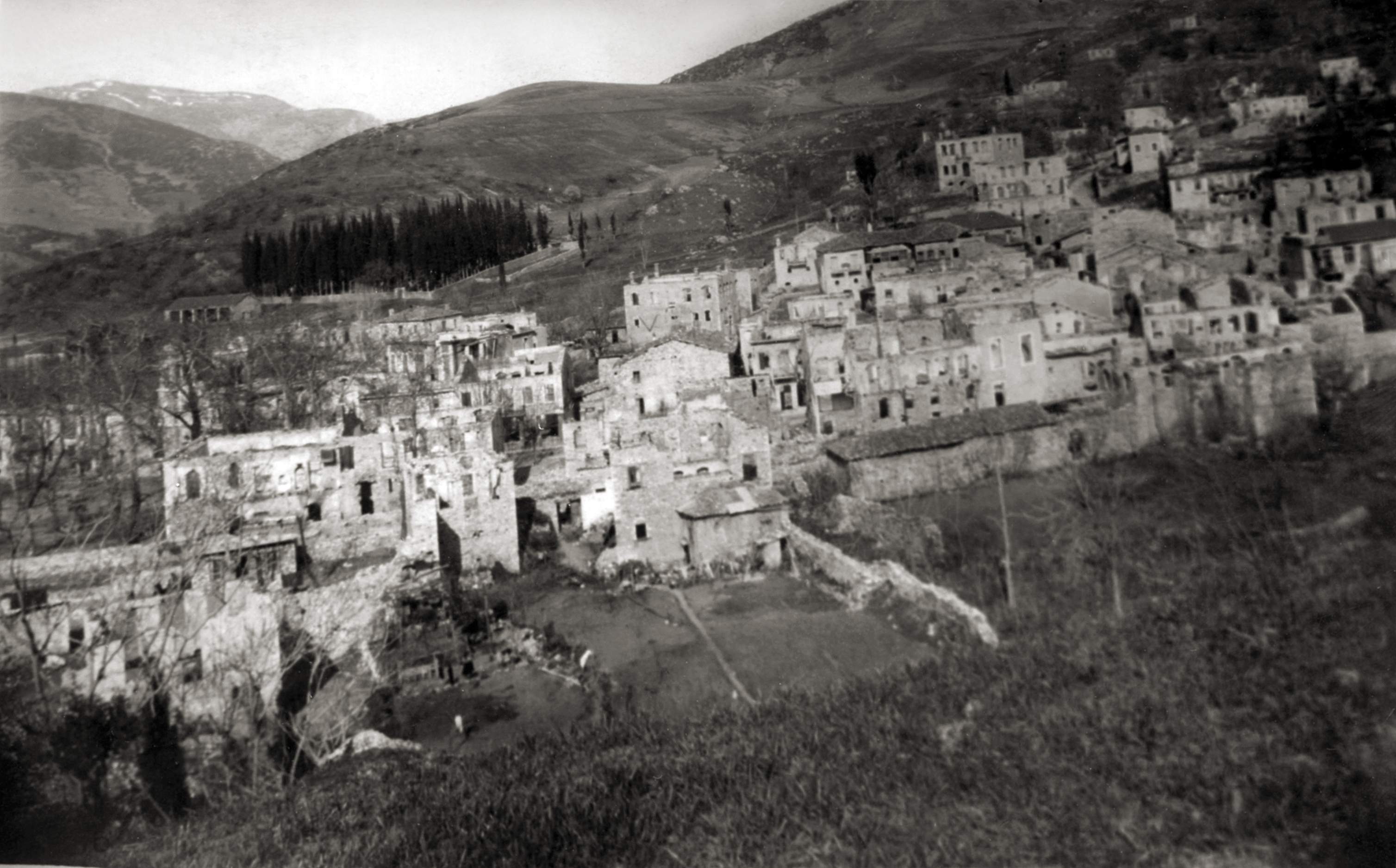
4/29/2025 10:15:54 AM
The Holocaust of Kalavryta (1943)
The Holocaust of Kalavryta refers to the execution of the male population and the total destruction of the town of Kalavryta in Greece by soldiers of the German 117th Mountain Division during the Occupation, on December 13, 1943. Operation Kalavryta began on December 4, as a mass retaliation for the execution of 77 German soldiers who had been captured after the victory of the ELAS (Greek People's Liberation Army) forces in the Battle of Kerpini on October 20, 1943. The operation aimed to terrorize the local population through executions of civilians, looting, house burnings, and the complete clearance of the mountainous Helmos region from resistance groups and partisans. The massacres and looting began from the coastal area of Achaia in northern Peloponnese. As the German forces advanced, they burned dozens of villages and killed civilians, eventually reaching Kalavryta on December 9. According to recent historians, a total of 677 civilians were executed, 499 of them in Kalavryta, and about 1,000 homes were burned in over 50 villages. The German forces also looted goods, food, and animals, depriving the villagers of their means of survival, as stated by the Division's leadership. The Holocaust of Kalavryta remains the most severe war crime in Greece during the occupation period. None of the perpetrators of these crimes have ever been brought to justice, and to this day, no compensation has been paid by Germany.
Image caption: The destroyed Kalavryta after World War II. ©Municipal Museum of Kalavryta Holocaust.

